Why You Need a Rug Gripper for Your Area Rug

Hi folks, as you might see, today’s topic is “Why You Need A Rug Gripper for Your Area Rug”
So, you found just the right area rug, and you have the perfect spot at home to put it. Then, you ask yourself about purchasing a pad underneath the area rug. Do you need one, or is the brand just trying to “upsell” you with add-ons?
Eventually, the answer is: yes, you need a pad under your area rug! No matter what type of floor covering your area rug will be laid over, a rug pad is essential for several reasons.
Think of a product as protection you can’t afford to go without. It protects you, your rug, and your floor. Some of its benefits include:
- Keeping your rug from slipping underneath you or curling up, and other significant trip hazards
- Extends your rug’s life by minimizing bunching up or edges from unfurling
- Safeguards your floor from needless scratches or the indentation from heavy furniture
- Adds another layer of cushion and extra softness with every footfall
- Reduces noise
- Insulates room from a cold subfloor

Prevent Slipping
A rug pad helps to keep the area rug lying flat and in one place. Rug pads vary; some are designed specifically for use over hard surface flooring, while others are best for laying on top of wall-to-wall carpet.
Warning
A good rug pad grips the area rug to prevent it from sliding around. Even rugs anchored by furniture can shift, causing them to buckle, bunch up, and increase falling risk.
Prolong Wear
Like the cushion under a wall-to-wall carpet, a good rug pad helps protect the area rug from wear and tear by absorbing the majority of the impact from foot traffic. The pad is designed to compress and bounce back (even a firm pad will do this slightly), taking the strain off the rug fibers. Without a pad underneath to act as a shock absorber, the area rug fibers will be crushed, and the rug will show signs of wear much sooner than it would with a proper pad.
Protect the Floor Underneath
It doesn’t matter what type of floor you have underneath your area rug; it still needs protection. An area rug’s backing can be rough and could cause scratches on hardwood, laminate, and other types of surfaces. Other things that could pose a risk to the underlying floor include color transfer from the rug, a small rock or other sharp object being caught underneath the rug, and abrasive wear on the surface of the underlying floor caused by the area rug shifting with foot traffic.
A rug pad provides a protective barrier between the area rug and the floor underneath. Even if you’re putting your area rug on top of wall-to-wall broadloom carpet, you still need a rug pad.

What Size Rug Gripper Do I Need: Finding the Perfect Fit
Selecting the right size rug gripper is crucial for optimal performance. Measure your rug's dimensions and choose a gripper that covers at least 60-70% of the rug's surface area. For smaller rugs (under 1.5m x 2.5m), a single large gripper or multiple smaller ones can suffice. Larger rugs may require multiple grippers or custom-cut options. Remember to account for high-traffic areas and rug placement when determining coverage. Always check the manufacturer's guidelines for specific sizing recommendations to ensure your rug stays securely in place.
What is the Best Rug Gripper for Carpets: Securing Rugs on Soft Surfaces
When placing rugs on carpets, choosing the right gripper is essential for stability and safety. Look for grippers specifically designed for carpet-to-rug use, featuring a textured surface that grips both the rug and underlying carpet. Opt for products with strong adhesive properties that won't damage your carpet fibres. Rubber-based grippers often perform well on carpets due to their non-slip nature. Consider washable and reusable options for long-term use. The best rug gripper for carpets will provide a secure hold without leaving residue or causing discolouration.

Which Side of Rug Gripper Goes Down: Ensuring Proper Installation
Correct placement of your rug gripper is crucial for its effectiveness. Generally, the textured or adhesive side should face down, making contact with the floor or carpet. The smoother side typically faces up to grip the rug. However, some dual-sided grippers may have different textures on each side, designed for specific surfaces. Always read the manufacturer's instructions carefully, as some products may have a protective film that needs removal before use. Proper installation ensures maximum grip and prevents damage to both your rug and the underlying surface.
Washable Rug Gripper: Maintaining Cleanliness and Longevity
Invest in washable rug grippers for easy maintenance and prolonged use. These grippers are typically made from durable materials that can withstand regular cleaning. Look for options that are machine washable or easily cleaned with soap and water. Many washable grippers retain their adhesive properties even after multiple washes, ensuring long-lasting performance. Consider grippers with anti-bacterial properties for added hygiene, especially in high-traffic or moisture-prone areas. Regular cleaning of your rug gripper not only maintains its effectiveness but also contributes to a cleaner, healthier home environment.

People Also Asked
Do you need a rug gripper on carpet?
While not always necessary, rug grippers can prevent slipping and bunching on carpeted surfaces, especially for lightweight or high-traffic area rugs.
What is a carpet gripper used for?
Carpet grippers, also known as tack strips, are used to securely hold wall-to-wall carpeting in place along the edges of a room, preventing shifting and maintaining tension.
What's the point of a rug pad?
Rug pads serve multiple purposes: they prevent slipping, protect flooring, extend rug life, and provide additional cushioning and insulation.
What is the purpose of an under rug?
An under rug, or rug pad, improves safety by preventing slips, protects both the rug and underlying floor, and enhances comfort by adding cushioning.
Can I fit carpet without grippers?
While possible, fitting carpet without grippers is not recommended as it may lead to shifting, wrinkling, and reduced longevity of your carpet installation.
Is it dumb to have a rug on carpet?
Not at all. Layering rugs on carpet can add style, define spaces, and protect high-traffic areas of your carpeting. It's a design choice that can enhance your room's aesthetics.
Should you feel gripper through carpet?
No, you shouldn't feel carpet grippers through properly installed carpeting. If you do, it may indicate incorrect installation or worn-out padding.
Should you remove carpet grippers?
Only remove carpet grippers if you're changing flooring types. For new carpet installation, existing grippers can often be reused if they're in good condition.
Do I need a rug runner?
Rug runners are beneficial in high-traffic areas like hallways or staircases. They protect flooring, reduce noise, and add decorative elements to your space.
Do you need carpet grippers on stairs?
Yes, carpet grippers are essential for stairs to ensure the carpet remains taut and secure, preventing dangerous slips and maintaining appearance.
Should my rug touch the wall?
Generally, area rugs should leave a gap of 6-24 inches between the rug edge and the wall, depending on room size and rug placement.
Do I need a rug under my bed on carpet?
While not necessary, a rug under your bed on carpet can define the space, add visual interest, and protect the carpet in high-traffic areas around the bed.
What do carpet grippers do?
Carpet grippers hold wall-to-wall carpeting in place, maintaining tension and preventing shifting or wrinkling of the carpet over time.
Do I need to put anything under a rug?
Using a rug pad under your rug is recommended to prevent slipping, protect flooring, and extend the life of your rug, especially on hard surfaces.
What are the benefits of a rug pad?
Rug pads offer numerous benefits: slip prevention, floor protection, noise reduction, improved comfort, and extended rug lifespan.
How to stop rugs from moving on a carpeted floor?
Use rug grippers or double-sided carpet tape specifically designed for use on carpets. Heavier rugs or those with non-slip backings may not require additional measures.
Can you lay carpet without carpet grippers?
While possible, it's not recommended. Carpet grippers ensure proper tension and secure installation, preventing shifting and premature wear.
Is it dumb to put a rug over carpet?
Not at all. Layering rugs over carpet can add style, define spaces, and protect high-traffic areas. It's a valid design choice that can enhance your room's aesthetics.
Do I need to remove carpet grippers?
Only remove carpet grippers if changing to a different flooring type. For new carpet installation, existing grippers can often be reused if they're in good condition.
Can you feel gripper through carpet?
Properly installed carpet should not allow you to feel the grippers underneath. If you can, it may indicate incorrect installation or worn-out padding.
Do you really need padding under carpet?
Yes, carpet padding is crucial. It improves comfort, insulation, and sound absorption while extending the life of your carpet by reducing wear.
Do I need new carpet grippers?
Replace carpet grippers if they're damaged, rusted, or over 20 years old. Well-maintained grippers can often be reused for new carpet installation.
Do you need anti slip for rugs?
Anti-slip measures are recommended for rugs, especially on smooth surfaces, to prevent accidents and maintain rug position. Options include rug pads or grippers.
Do you need tack strips for carpet?
Tack strips, also known as carpet grippers, are essential for proper wall-to-wall carpet installation. They secure the carpet edges and maintain tension across the room.
What do you put under an area rug to keep it from slipping?
To prevent area rugs from slipping, use a non-slip rug pad. These pads are made from materials like rubber or PVC and provide grip between the rug and floor. They not only prevent slipping but also protect your floor and extend the life of your rug.
How can I stop my area rug from moving?
Stop your area rug from moving by using rug grippers or double-sided carpet tape. Place these at the corners and edges of your rug. For a more permanent solution, consider using rug anchors that attach to the floor and secure the rug in place.
How to make an area rug not slip?
Make your area rug non-slip by applying silicone caulk to the back of the rug in a grid pattern. This DIY method creates a grippy surface that adheres to the floor. Alternatively, use rug pads or non-slip spray designed for rugs to increase friction and prevent movement.
Is it better for an area rug to be too big or too small?
It's generally better for an area rug to be too big rather than too small. A larger rug can define a space and make a room feel more cohesive. Small rugs can make a room feel disjointed and may pose a tripping hazard. Aim for a rug that allows furniture to sit either fully or partially on it.
How do I make my area rug stay flat?
To make your area rug stay flat, start by reverse rolling it to counteract any curl. Use rug weights or heavy furniture on the corners. For persistent curling, try using a hair dryer to gently heat and flatten the edges. Always use a rug pad underneath to prevent bunching and promote even wear.
How to secure area rug to carpet?
Secure an area rug to carpet using carpet-to-carpet tape or special rug-to-carpet anchors. These products are designed to grip both surfaces without damaging either. Place them at the corners and along the edges of your rug. For added security, consider using a thin, non-slip rug pad between the carpet and area rug.
How do I keep my area rug from rolling up?
Prevent your area rug from rolling up by using rug corner grips or weights. These products hold down the corners, preventing them from curling. For a more comprehensive solution, use a non-slip rug pad that covers the entire underside of the rug, providing uniform grip and preventing any part from rolling up.
What is the best backing for an area rug?
The best backing for an area rug is typically a rubber or latex backing. These materials provide excellent grip and durability. For eco-friendly options, consider natural rubber or jute backing. Some rugs come with built-in non-slip backings, which can be convenient but may not be as effective as separate rug pads.
Should you use a pad under an area rug?
Yes, you should use a pad under an area rug. Rug pads provide numerous benefits including preventing slips and falls, protecting your floor from scratches, reducing wear on the rug, improving insulation, and enhancing comfort underfoot. They also help maintain the rug's shape and extend its lifespan.
How do you secure an area rug to the floor?
Secure an area rug to the floor using a combination of methods for best results. Start with a high-quality non-slip rug pad covering the entire underside. Add rug grippers or double-sided tape at the corners and edges. For hardwood floors, consider using silicone caulk on the rug backing for a more permanent solution.
How do you keep a large area rug flat on carpet?
Keep a large area rug flat on carpet by first ensuring it's properly stretched out. Use a combination of carpet-to-carpet tape and rug anchors around the perimeter. Place heavy furniture on the rug to help weigh it down. Consider using a low-profile, non-slip rug pad designed specifically for use on carpets to prevent bunching and shifting.
Related Blog Posts
Related Collections




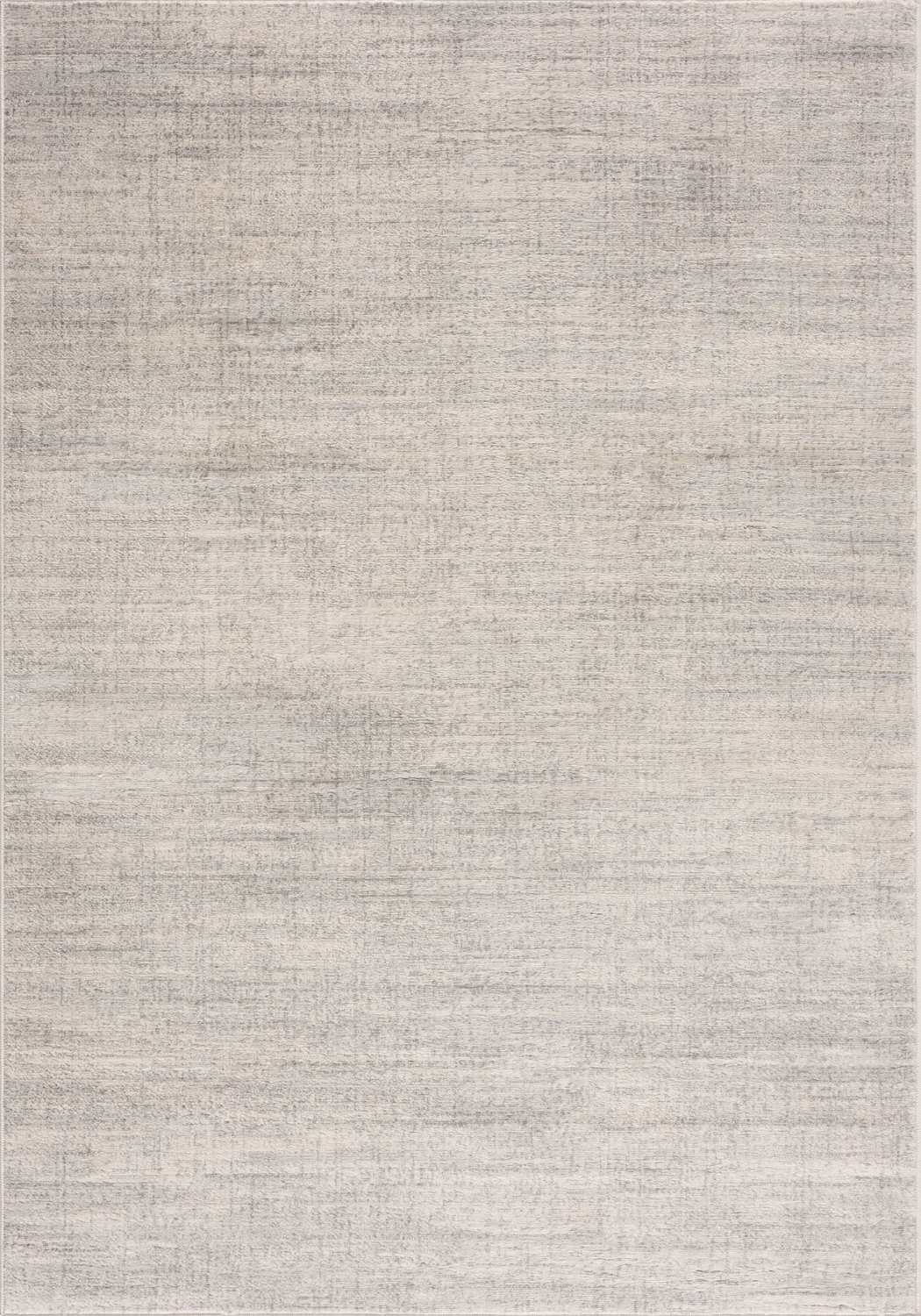
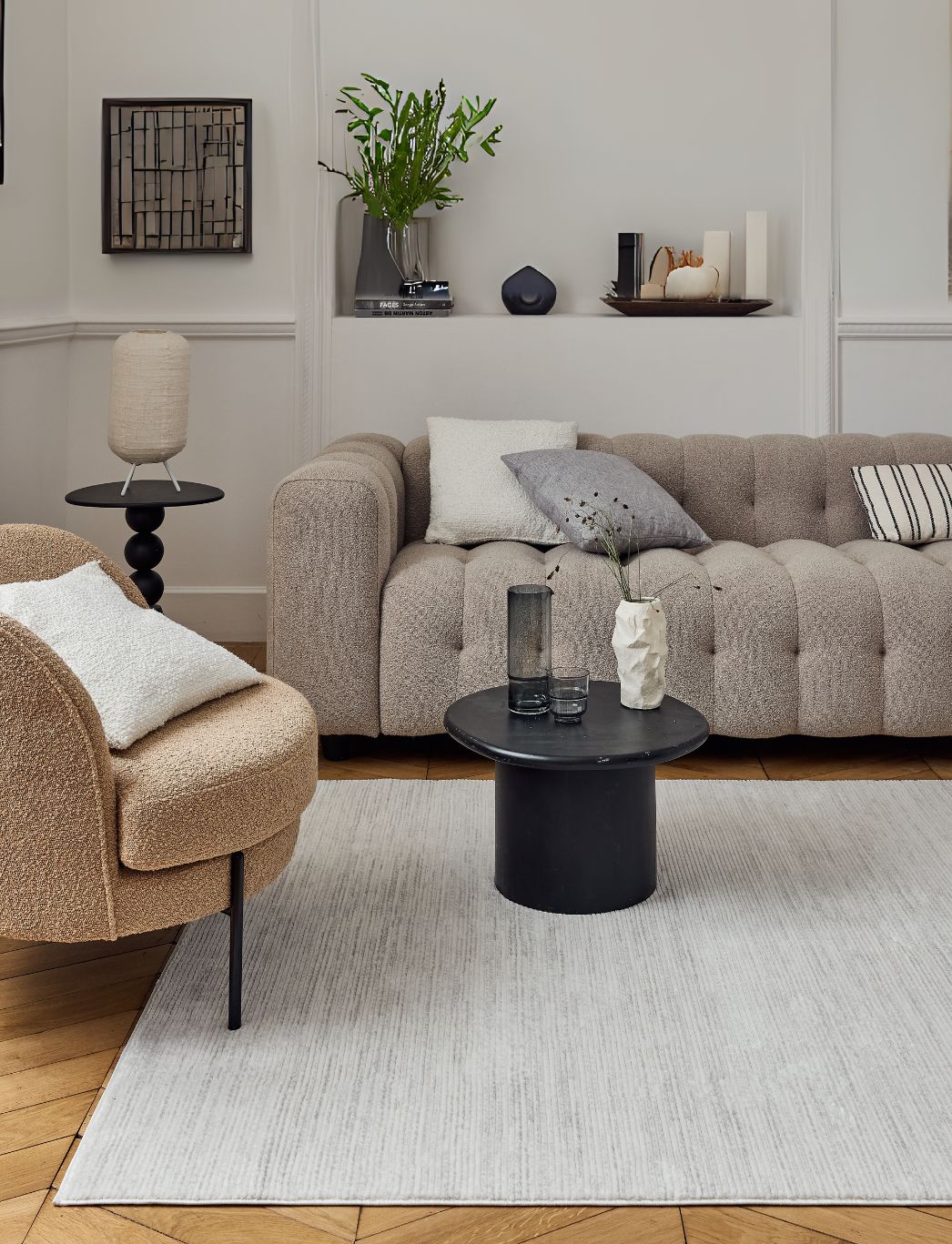
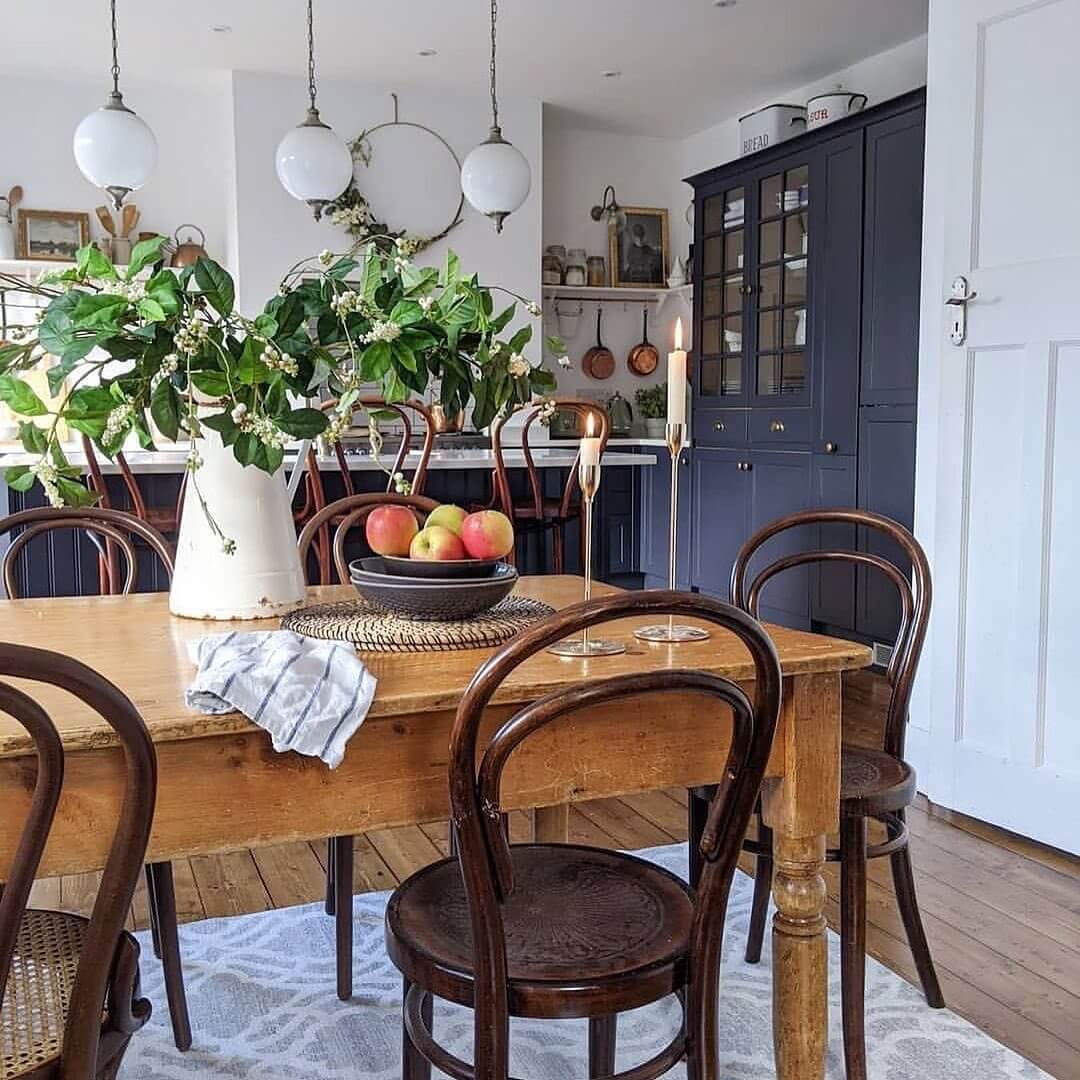
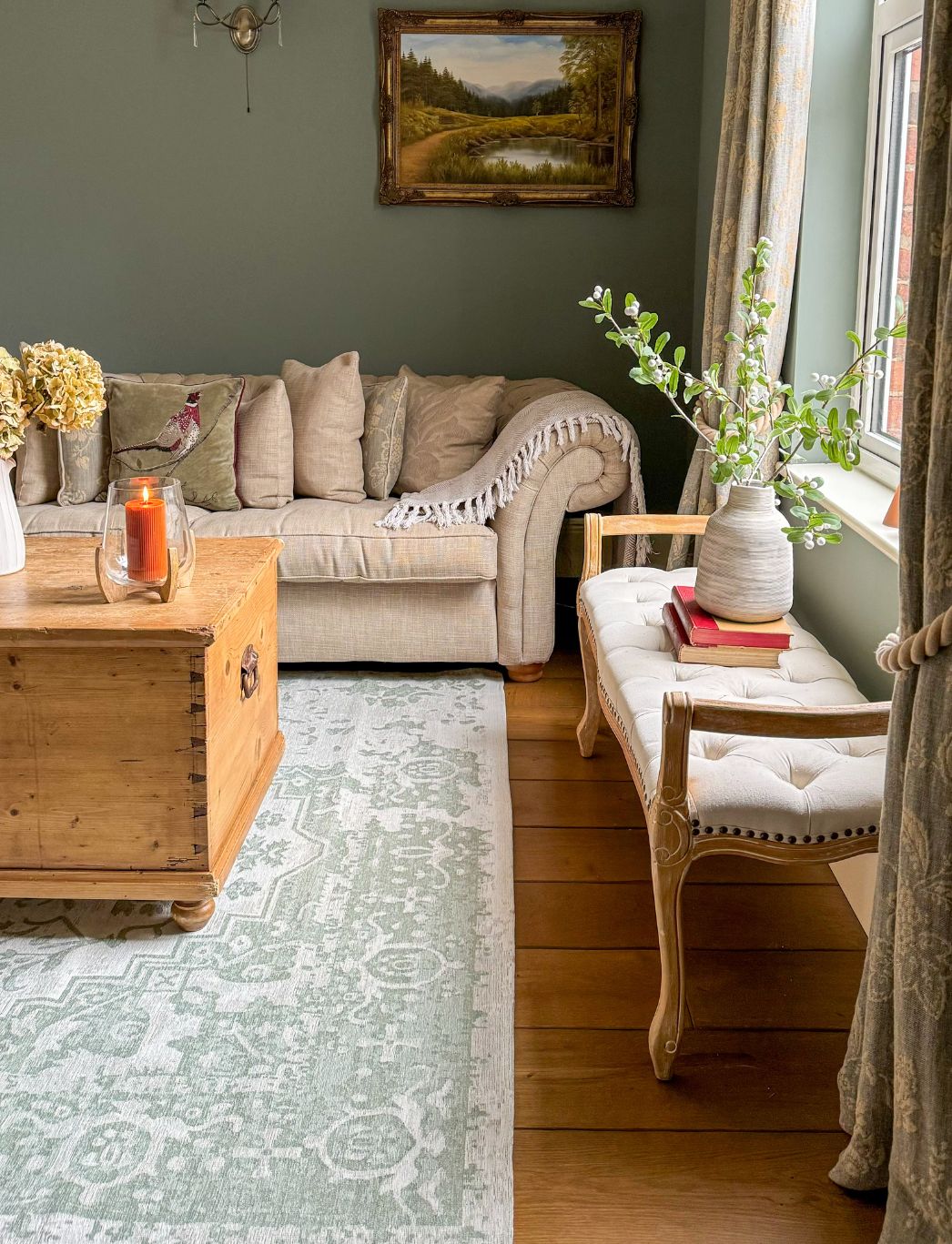

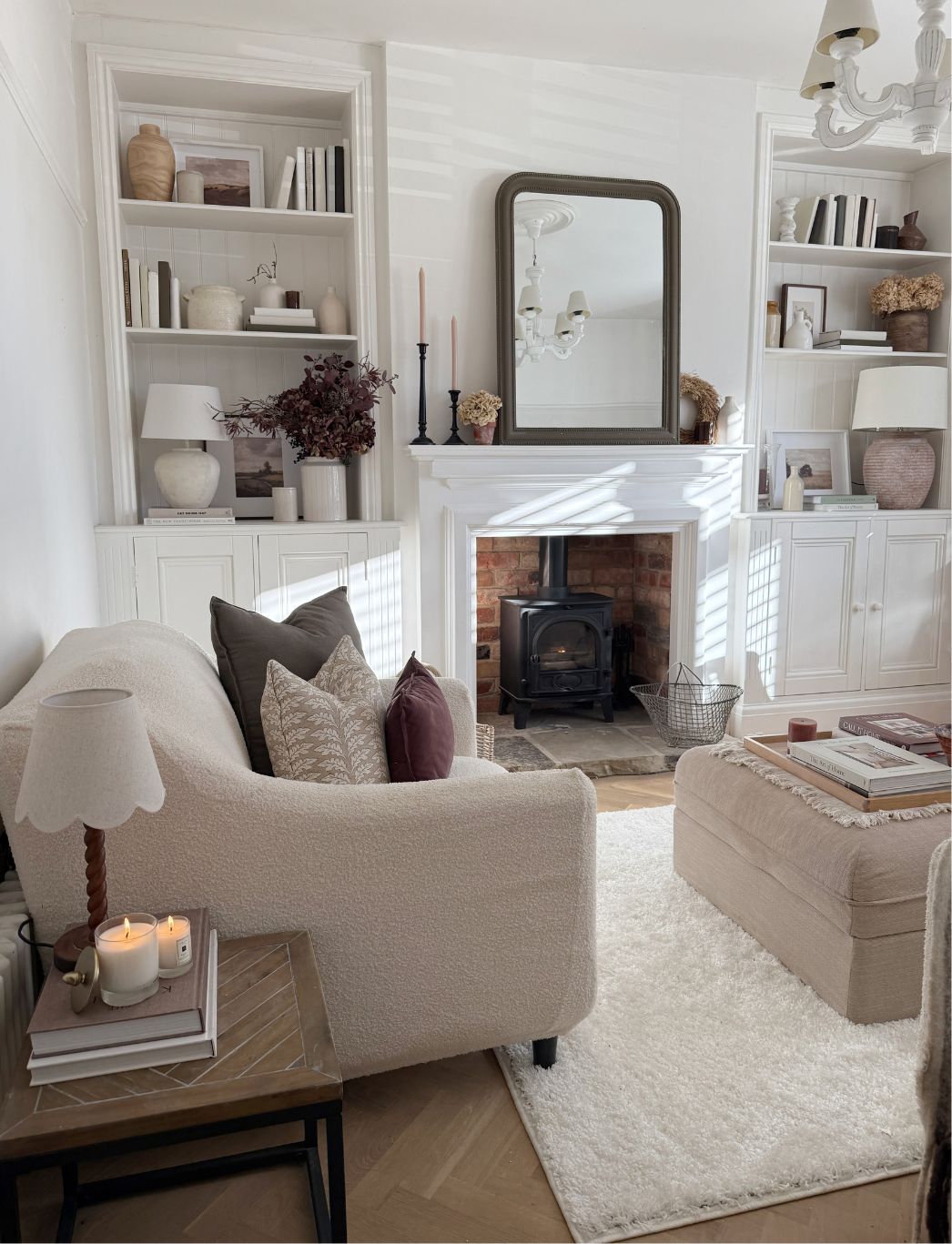
Leave a comment